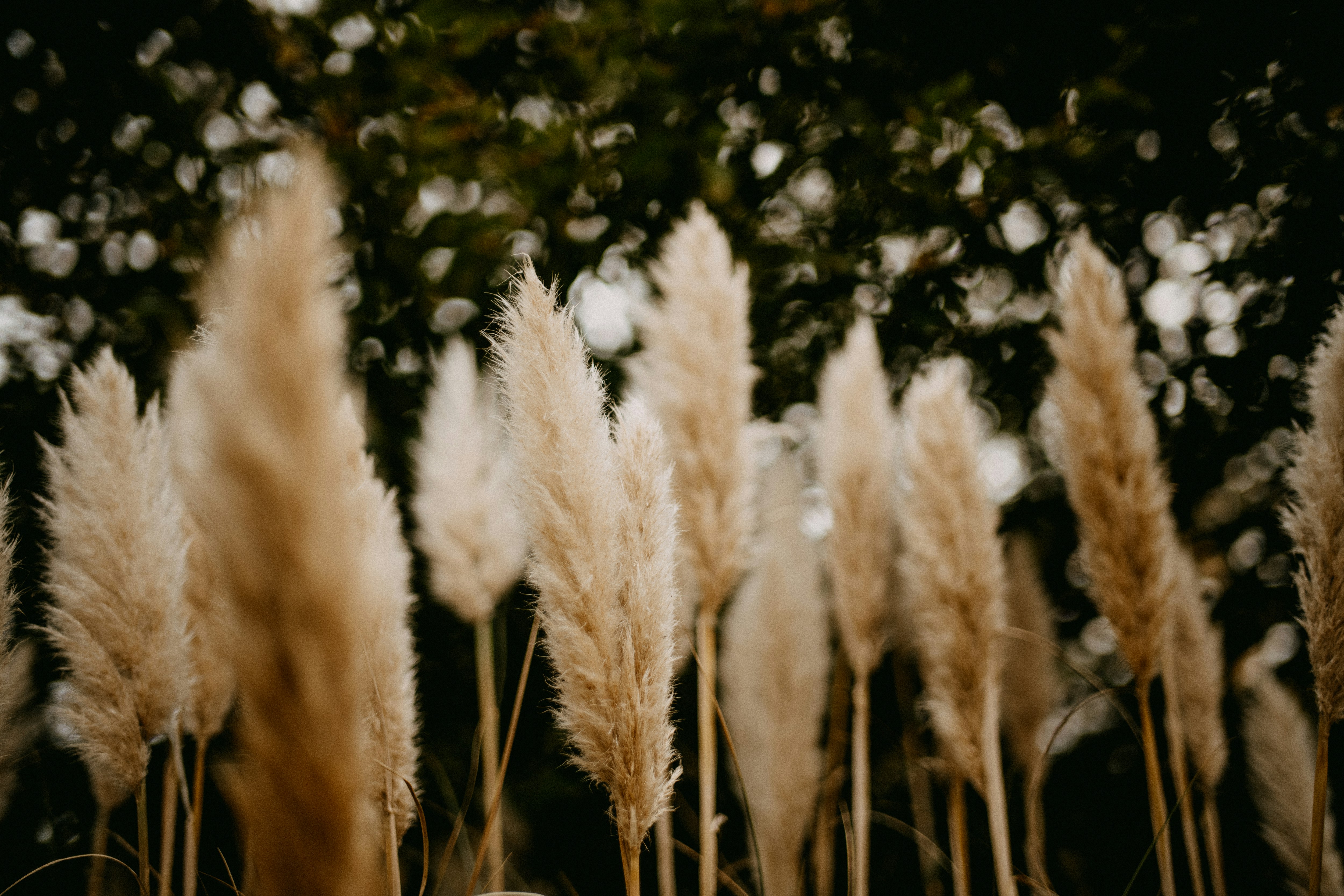
Cultural Relevance
In recent years, Pampas grass has transcended its South American roots to become a favourite in contemporary decor and event styling. Its tall, feathery plumes bring a unique blend of elegance and natural beauty, making it a popular choice for those looking to incorporate organic elements into their spaces.
For those from the Pampas region, this grass is a potent symbol of their homeland and cultural identity. The expansive landscapes of the Pampas are characterized by their natural beauty and openness, which Pampas grass embodies. The tall, swaying plumes represent the essence of the region—vast, unconfined, and filled with a natural grace that resonates with the identity of its people.
Beyond its aesthetic appeal, Pampas grass plays a significant ecological role in its native habitat, highlighting the plant’s multifaceted value both in decor and the environment.
1. South American Traditions
In its native regions, particularly in Argentina and Uruguay, Pampas grass is more than just a plant—it's a symbol closely associated with the vast grasslands known as the Pampas. Locals use it in various decorative and practical applications, reflecting its importance in daily life. Pampas grass also makes frequent appearances in South American literature, evoking the vastness and raw beauty of the Pampas region. It serves as a literary symbol of the land’s natural beauty and the enduring spirit of its people, highlighting the deep connection between nature and narrative.
2. Connection to Nature
Pampas grass is often viewed as a symbol of our connection to nature due to its prominence in South American landscapes. It represents the strength and stability found in the natural world, reminding us of the importance of staying grounded and connected to our roots. This symbolism is particularly significant in a world where natural environments are increasingly at risk.
3. Symbol of Purity and Protection
In various spiritual practices, Pampas grass is believed to possess protective properties. It is used in rituals aimed at purifying spaces and safeguarding them against negative energies. The feathery plumes are thought to serve as a barrier, shielding against spiritual disturbances and promoting a sense of safety and calm.
4. Meditation and Reflection
Beyond its protective qualities, Pampas grass is also utilized in meditation practices. Its presence in a room can foster a serene and introspective atmosphere, enhancing the meditation experience. The gentle, flowing movement of its plumes can encourage a state of calm and contemplation, making it a favorite among those seeking inner peace and reflection.
Pampas grass holds a significant place in South American culture and spiritual traditions, serving as a symbol of natural beauty, protection, and connection to the land. Its rich symbolism as a representation of nature's grounding and protective qualities adds depth to its appeal, making it a meaningful addition to both spiritual practices and cultural expressions.